- Let’s look at a couple of workflows. These are platform agnostic workflows, meaning one can adapt or adopt them.
- First thing, make sure that your insurance covers the teledermatology practice.
- It is easy with an established patient, and the presenter recommends that the patient get’s baseline photos in clinic in anticipation of subsequents teledermatology visit.
- It doesn’t matter if online consultations are then “store-and-forward” or “live”.
- Next, educate the clinical front staff about their specific roles (examples):
- If a patient contacts the clinic with a rash of concern or flaring rash, the front staff can schedule the patient with you via video visit.
- If the dermatologist only wants to use asynchronous teledermatology “store-and-forward” method, a robust questionnaire needs to be developed. Indeed it should be pretty detailed to gather all the relevant information pertaining to the patient’s concern.
- The front staff then could also teach, help patients to understand the process of how the teledermatology works and then how to take clinically helpful photos.
- when: 1-2 days prior to the patient’s visit.
- on the day of visit :make sure that all documents like labs, templates and photos are priorly reviewed by both staff and the physicians. This preps the physician to be ready and ask the relevant questions to the patient to make some meaningful recommendations. (payment can also be collected at this time depending on the country)
- Make sure to close the loop by informing your scheduling staff regarding the followup. It’s important to schedule follow-up (oneself or via the staff) and the recommendations given to the patient could become useless.
Reference: Trilokraj Tevasvi, MD. Making online decisions inflammatory dermatoses. 8th World Congress of Teledermatology, Skin Imaging and AI in Skin diseases – November 2020







